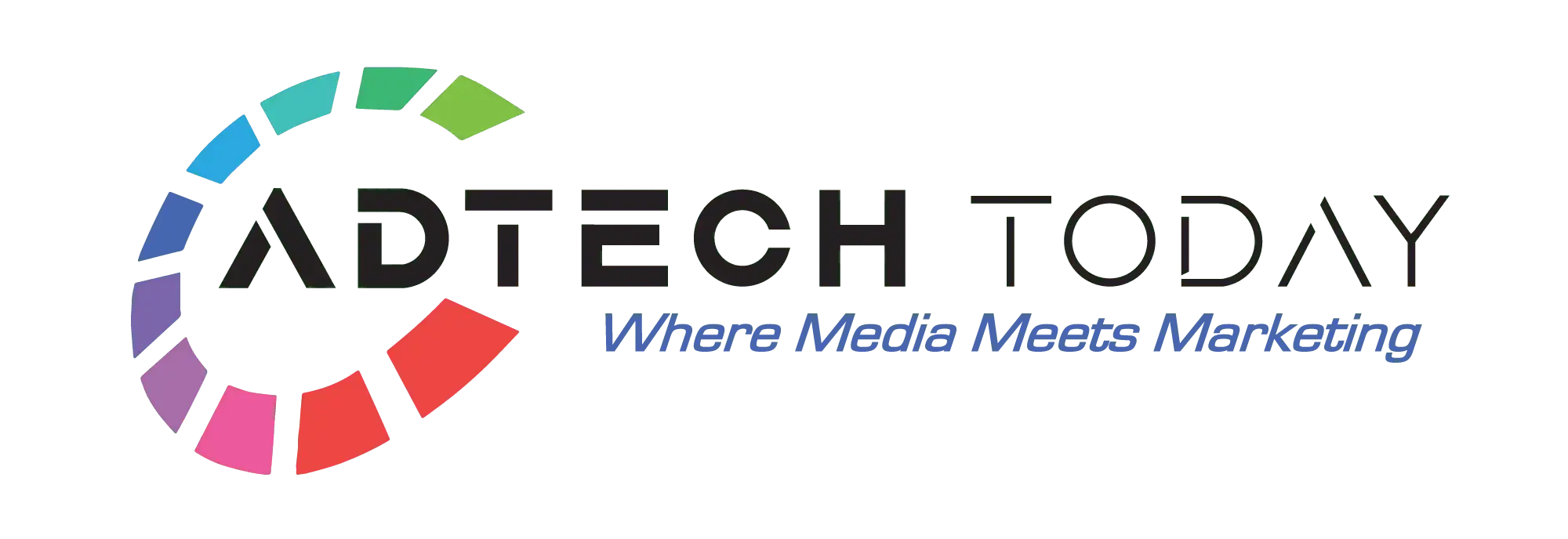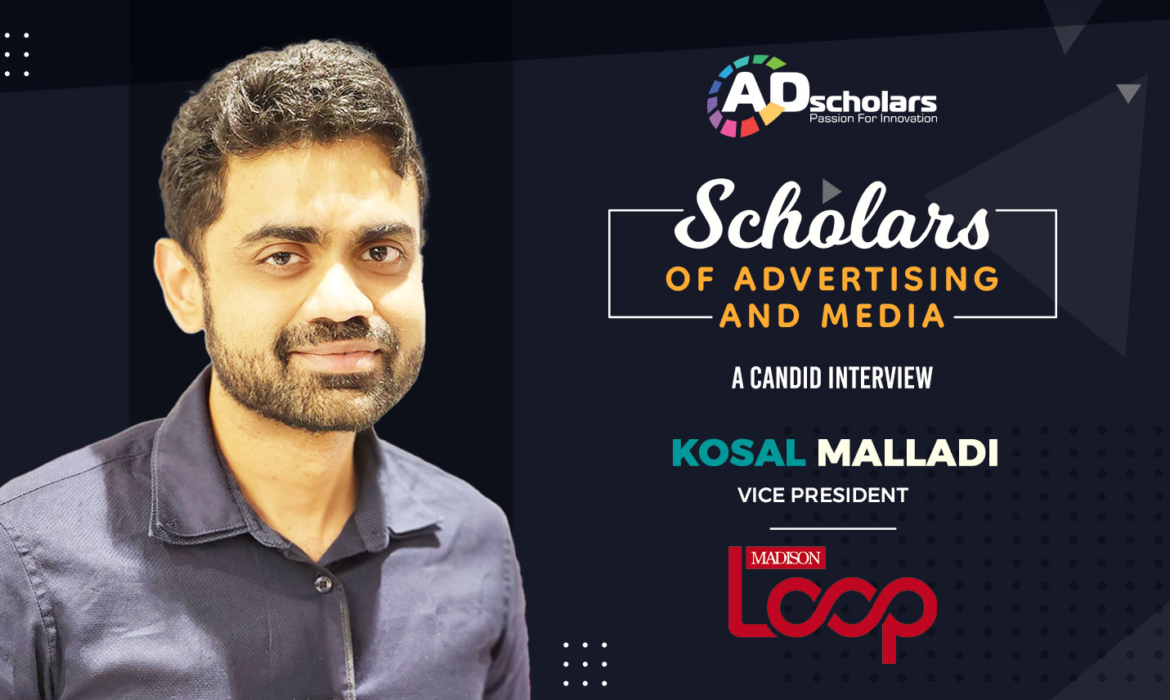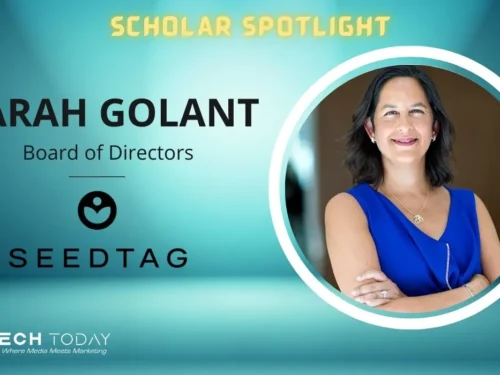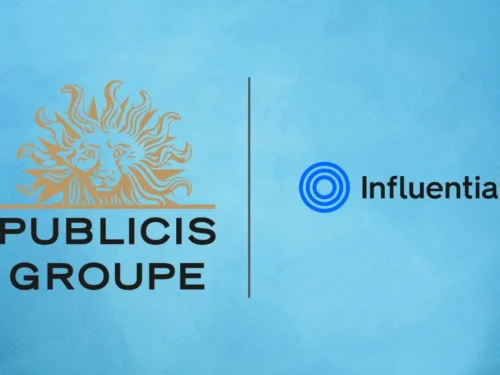Mastering Digital Marketing: Insights from Kosal Malladi, VP at Madison Loop
Kosal Malladi, the accomplished Vice President of Madison Loop, is renowned for his expertise in digital marketing and media planning. With a rich background in the industry, he has made remarkable contributions, working with diverse clients in sectors like Auto, BFSI, Entertainment, Social, and FMCG. His extensive experience spans both agency and client sides, providing unique insights into data-driven marketing, influencer collaboration, social media management, and the exciting future of the digital marketing landscape.
In this exclusive interview, we explore his vision, leadership, and the exciting journey that led him to the forefront of digital marketing innovation.
Can you provide an overview of your experience and background in the field of digital marketing and media planning?
My interest in digital marketing started during my MBA. Google held a competition where they provided INR 1000 vouchers to each team and tasked them with setting up Google AdWords campaigns. This experience sparked my interest in digital marketing, and I further developed my skills during an internship at ESPNStar, where I implemented what I had learned.
I began my career in Digital Media Planning with Media2Win, where I gained valuable experience and eventually took on leadership roles in managing digital mandates for clients such as Mondelez and Asian Paints, among many others. This field is constantly evolving, and I find it exciting to continually learn and adapt to new trends and strategies.
In your opinion, how has the intersection of data and technology transformed the landscape of digital marketing and media planning? What opportunities and challenges does this convergence present?
The biggest challenge for digital marketing is data, whether it’s too much or too little. Initially, the focus shifted towards tracking leads/sales, neglecting brand building. Short-term gains became more tempting than long-term benefits. However, with increased spending, the demand for accountability has grown. Technology allows us to analyze data and derive actionable solutions from it. Nonetheless, the absence of a universally accepted authority like Broadcast Audience Research Council (BARC) poses a challenge for digital marketing. Until then, disputes will persist. The ultimate solution lies in digital marketing delivering positive business outcomes, which we are witnessing today.
What initially attracted you to lead the digital creative unit ‘Madison Loop’?
Media is only a part of digital marketing; creative aspects are equally important in driving positive business metrics. I have noticed a tendency for media and creative teams to blame each other when campaigns fail. Creative individuals often lack a grasp of numbers, while media professionals may struggle with creativity. Madison Loop was founded to bridge this gap between media and creative, symbolized by its name. At Madison Loop, we strive to complete the business loop and achieve results.
How do you approach social media management to effectively engage audiences and drive brand awareness?
Social media thrives on authenticity, but that doesn’t mean you can’t promote your brand. It’s important to be transparent about your intentions when selling. The key is to create authentic content and tap into the latest trends and fads. If you have to choose between posting high-quality content infrequently or good content regularly, opt for the latter. Consistent posting increases the chances of gaining traction. However, it’s important to note that there’s no guarantee of virality. Focus on regularly sharing good content, and something is likely to gain momentum—whether it’s tomorrow, a week later, or even a month later.
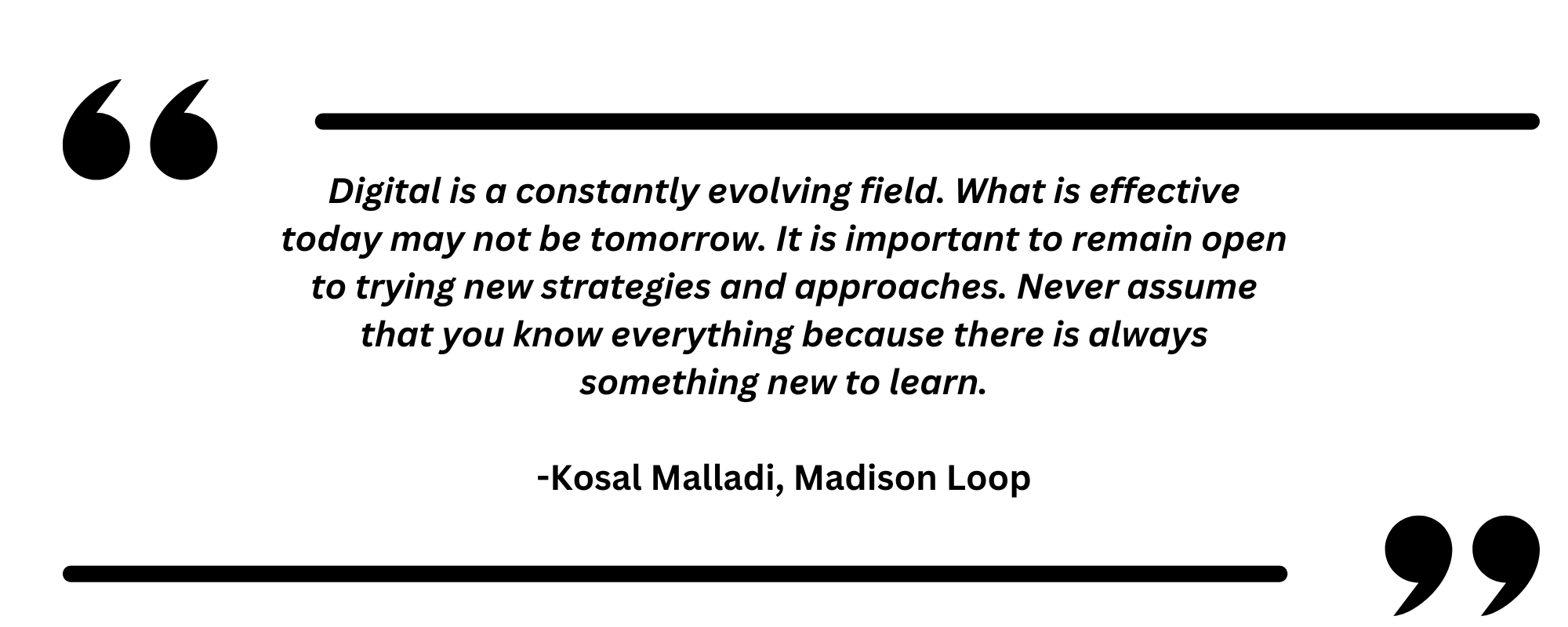
Would you like to share a successful social media campaign you managed on a specific platform like Instagram, LinkedIn, or Twitter, and explain how you tailored the content and engagement to match the platform’s unique characteristics?
For content to gain traction on social media, a hook is essential. Social trends often have a hook step, sound, or movement that captures attention. Dance steps, for instance, can go viral due to a catchy hook step. We have successfully utilized this principle numerous times. A recent example is Vicco’s campaign featuring Alia Bhatt, where she performed a unique action of showing her teeth to the dentist while making the sound “eeeeee.” We capitalized on this hook by collaborating with influencers who created their own versions of the hook. This strategy gained momentum, with millions of others joining in with their own “eeeeeeee.”
How do you effectively identify and collaborate with influencers, considering factors such as authenticity, engagement levels, and suitability for your client’s target audience in influencer marketing?
Today, the beauty of influencer marketing lies in the fact that anyone can become an influencer. This opens opportunities for brands to collaborate with everyday individuals and share their brand stories on a larger scale. However, precautions need to be taken.
At Madison Loop, we have implemented tools that help us identify influencers based on factors such as their location, topics of interest, demographics, and follower base. Additionally, we have an authenticity scoring system that considers factors like follower growth/fall, follower location, and more. These measures enable us to ensure the credibility of the influencers we work with.
Can you share your perspective on the future of digital marketing and media planning? What emerging technologies or trends do you believe will have a significant impact on the industry in the coming years?
In the past, digital planning was done blindly, but we have evolved to utilize available or claimed data for our plans. Over the years, data analysis and automation have played a crucial role in optimizing the process. The future will revolve around AI, driven by data analysis and automation. AI has already made significant strides and will continue to advance.
Some express fear about AI, believing it will replace their jobs. However, I believe it is not AI itself, but rather people who possess the knowledge of how to use AI effectively, who will take away those jobs. Human intervention will always be necessary in this field, although the nature of that intervention will evolve.
Can you share a valuable lesson or piece of advice that you have learned throughout your career in digital marketing and media planning?
Digital is a constantly evolving field. What is effective today may not be tomorrow. It is important to remain open to trying new strategies and approaches. Never assume that you know everything because there is always something new to learn.
How do you manage the pressure and demands that come with leading a digital creative unit, and how do you maintain a healthy work-life balance?
Finding a balance between work and personal life is essential. While work may seem never-ending, it’s crucial to establish a predefined end time for the day. Once you embrace this concept, achieving a balance becomes more natural. Personally, I find that prioritizing my personal time enhances my focus on work, allowing both aspects to thrive separately.
Author Profile

- Neha Mehta
- Neha started her journey as a financial professional but soon realized her passion for writing and is now living her dreams as a content writer. Her goal is to enlighten the audience on various topics through her writing and in-depth research. She is geeky and friendly. When not busy writing, she is spending time with her little one or travelling.
Latest Posts
 Interview and Guest PostJuly 19, 2024Navigating Ad Tech: Equativ’s Jacqueline Chua’s Strategic Insights
Interview and Guest PostJuly 19, 2024Navigating Ad Tech: Equativ’s Jacqueline Chua’s Strategic Insights Interview and Guest PostJune 21, 2024CTV Exploration: Chandrahas Shetty, Demand Facilitation Lead, India, On Growth And Privacy
Interview and Guest PostJune 21, 2024CTV Exploration: Chandrahas Shetty, Demand Facilitation Lead, India, On Growth And Privacy Interview and Guest PostJune 14, 2024Advertising Evolution: Rasha El-Ghoussaini on Snap Inc.
Interview and Guest PostJune 14, 2024Advertising Evolution: Rasha El-Ghoussaini on Snap Inc. Interview and Guest PostJune 5, 2024Navigating Digital Waves: Shrenik Gandhi’s Journey with WRM
Interview and Guest PostJune 5, 2024Navigating Digital Waves: Shrenik Gandhi’s Journey with WRM
